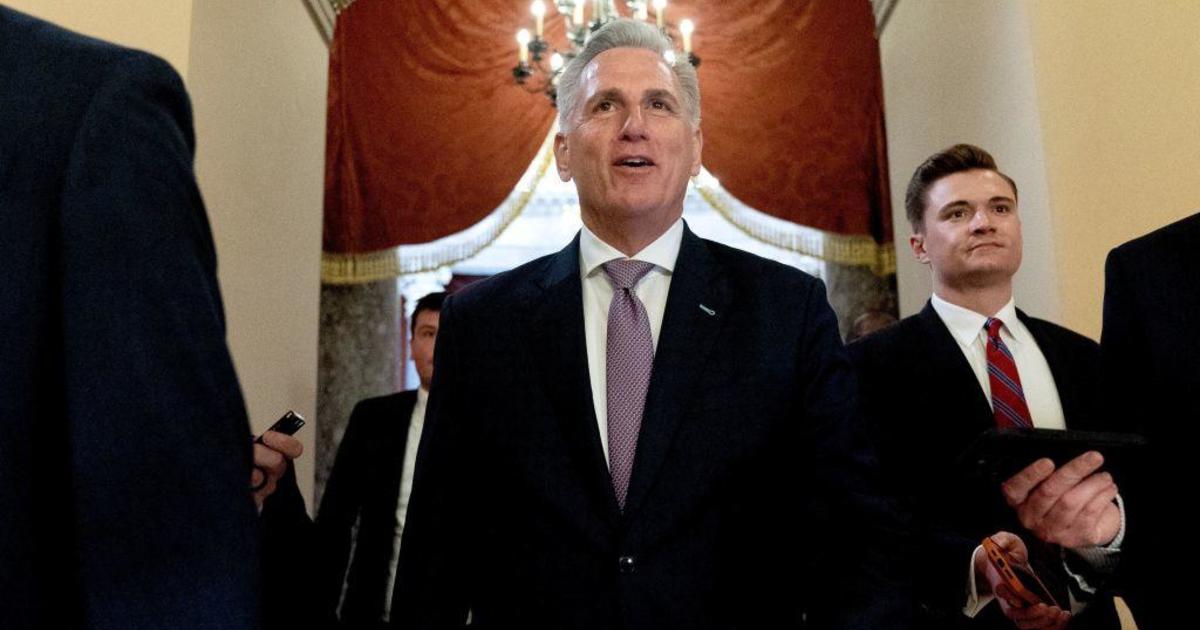Key takeaways:
- The Limit, Save, Grow Act includes $4.5 trillion in savings by cutting discretionary spending and limiting the growth of future spending.
- The bill would increase the debt limit by $1.5 trillion or until the end of March 2024, whichever comes first.
- Talks between the two sides are expected to begin soon, as the summer deadline approaches.
House Speaker Kevin McCarthy (R-Calif.) unveiled his proposal to increase the debt limit and cut government spending on Wednesday, calling on President Joe Biden to begin talks ahead of a summer deadline to avoid a default.
The Limit, Save, Grow Act includes $4.5 trillion in savings by cutting discretionary spending to fiscal year 2022 levels and limiting the growth of future spending. It would also reclaim unspent COVID-19 funds, cancel Mr. Biden’s student loan forgiveness program, rescind new funding for the IRS, and enact work requirements for federal aid.
The bill would increase the debt limit by $1.5 trillion or until the end of March 2024, whichever comes first. Rep. Andy Biggs (R-Ariz.) said, “My position is that you don’t have to raise the debt ceiling if you bring your spending under control.”
The debt ceiling is the legal limit on how much the government can borrow. If it is not raised, the government will not be able to pay its bills, leading to a default. This could have catastrophic economic consequences, including higher interest rates, a weakened dollar, and a possible recession.
Both Speaker McCarthy and President Biden agree that failing to raise the debt ceiling could be disastrous. Talks between the two sides are expected to begin soon, as the summer deadline approaches. It remains to be seen if the two sides can reach an agreement that will avert a default and keep the economy on track.



Be First to Comment